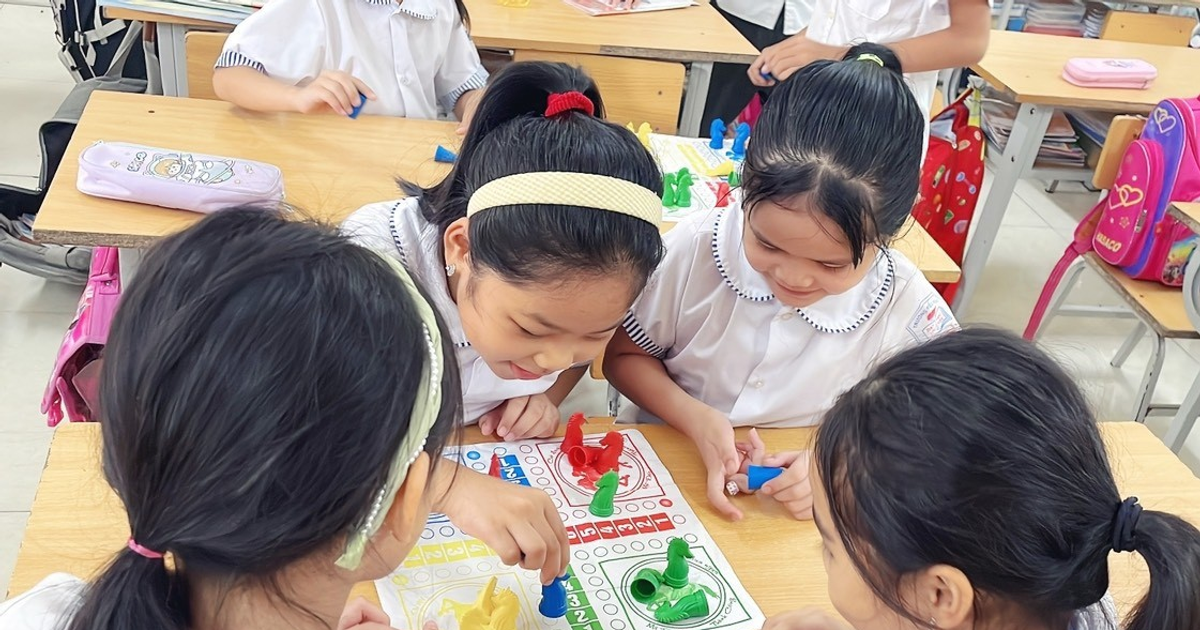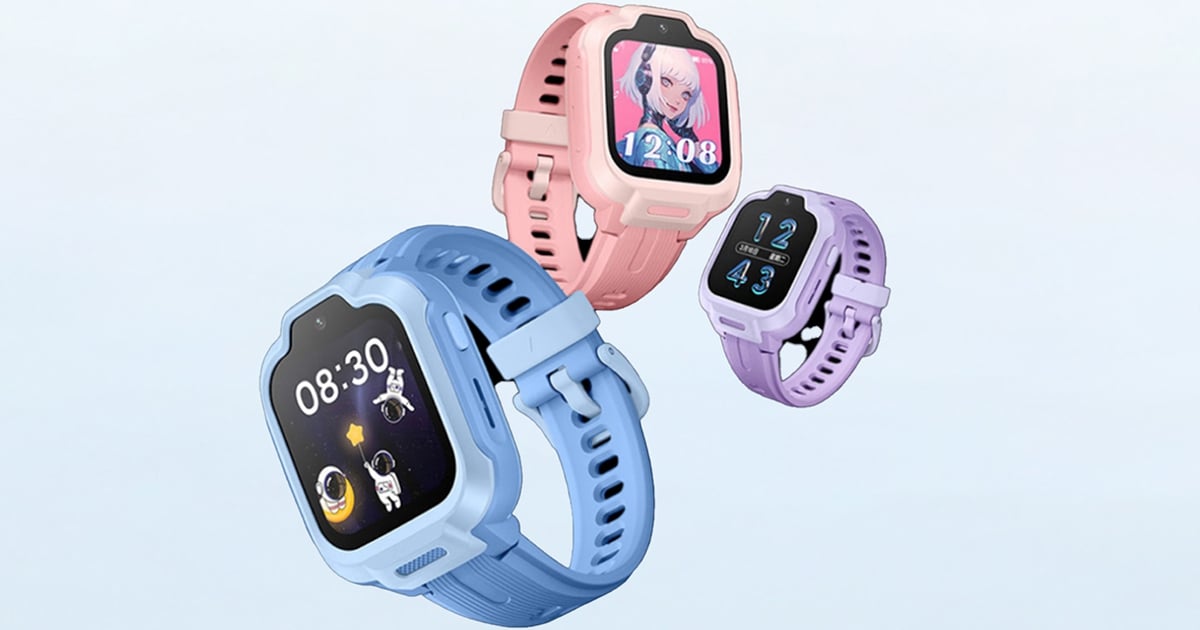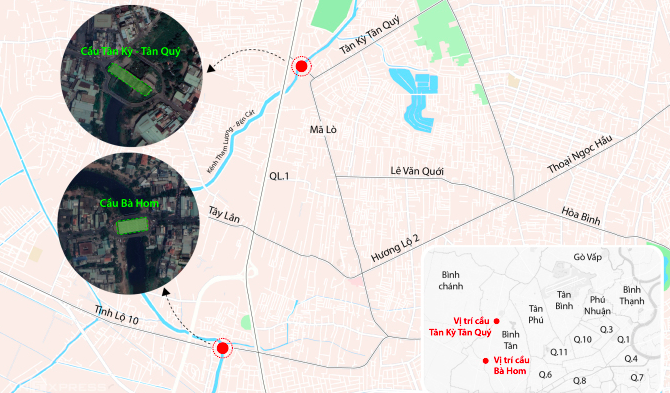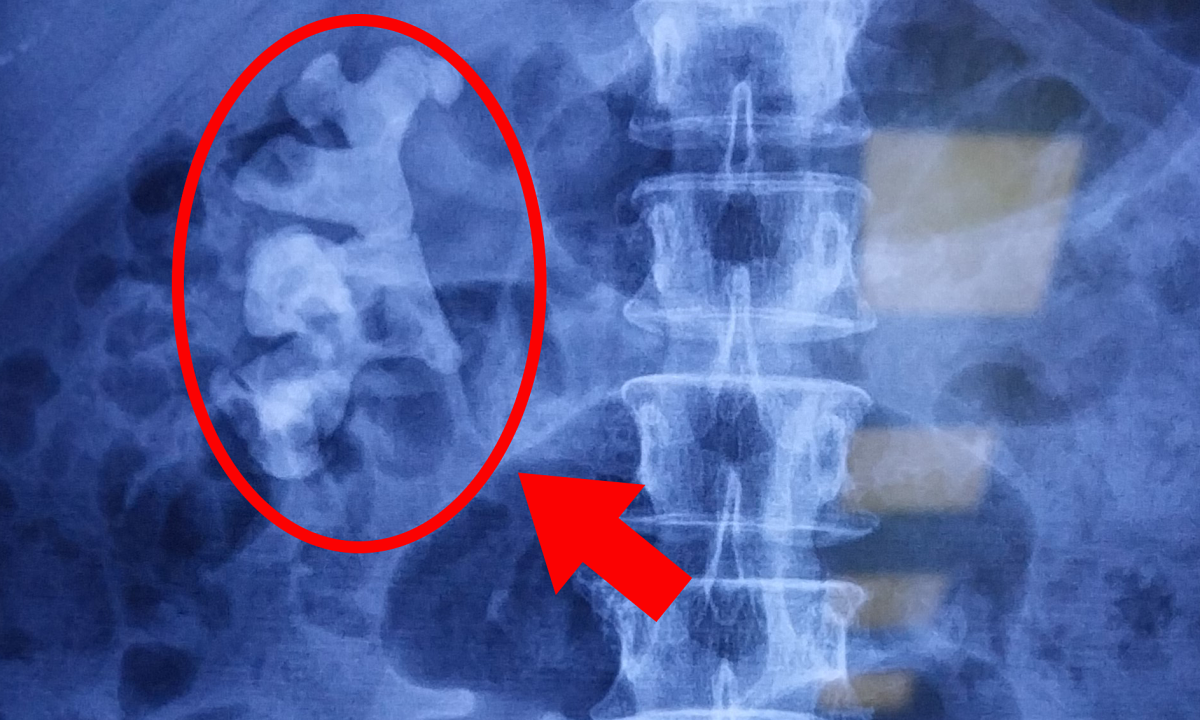
Children with congenital heart disease need to be provided with adequate nutrition and care, and proper oral hygiene to avoid infection, live well, and have good health.
Dr. Lam My Dung, Head of the Department of Nutrition, Tam Duc Heart Hospital, said that congenital heart disease is a common disease in children, with a current incidence rate of about 8-10/1000 live births. In Vietnam, about 16,000 children are born with congenital heart disease each year.
Children with congenital heart disease, in addition to poor nutrition and malnutrition, are also susceptible to infection, especially respiratory infections and the most dangerous is endocarditis. Therefore, caring for children with congenital heart disease is quite difficult to help them live well, develop normally, and be healthy enough to undergo surgical interventions to have a healthy heart.
Doctor Dung notes how to care for children with congenital heart disease, as follows:
Nutrition
Children with congenital heart disease have higher energy needs than normal, but absorption is reduced due to rapid breathing and fatigue. Therefore, children have poor appetite, poor feeding, and poor nutrient absorption due to weak digestive systems. Malnutrition is very common in children with this disease. Therefore, when caring for children, parents need to be very patient and careful to ensure adequate nutritional needs for their children's development.
For breastfeeding babies
To avoid choking on milk, when breastfeeding, mothers need to hold their babies up and keep their heads elevated.
After feeding, hold the baby upright, hold it against your shoulder for a few minutes and pat the baby's back to burp before laying him down. The baby should be placed on his side to prevent spitting up and to avoid choking.
Mothers should breastfeed their babies many times a day and the amount of milk each time can be reduced. Do not let your baby breastfeed for a long time because the baby will easily get tired and choke on milk.
For babies who cannot breastfeed (due to premature birth, oral malformation or fatigue...)
Mothers can express milk for their babies to drink. The average amount of milk per day is about 15% of the baby's body weight.
For babies on weaning food
Children should be fed small amounts and often depending on their digestive capacity. For older children who are already eating rice, they should be fed bland food but still ensure adequate nutrition. Children should be fed lots of vegetables, fruits and easily digestible foods to avoid constipation.
Supplement foods rich in potassium such as oranges, grapes, papaya, bananas, coconut water... when children have to use diuretics, such as Lasix (furosemide).
Drinking water
Older children with heart failure should only drink water when thirsty. On the contrary, children with congenital heart disease who are cyanotic and have very concentrated blood should drink plenty of water.
Dental problems
Children 6-12 months
This is the age to start dental check-ups. When baby teeth first appear, parents should use a toothbrush with a small, round head and soft bristles to brush their baby's teeth.
Wean the child from breastfeeding and give him a bottle when he is 1 year old. Toddlers need to be monitored to avoid falls that can cause dental injuries.
Children over 12 months
Brush your baby's teeth after feeding or eating and before bedtime, with a soft toothbrush. Brushing with clean water is recommended, once immediately after meals, and finally in the evening until your baby is 18 months old.
Always read the instructions to use toothpaste appropriate for your child's age.
Do not give your child junk food. Always have your child rinse his or her mouth after taking sugary medications such as syrups or eating candy.
Children should have their own meals and avoid eating with others, including family members, to prevent the spread of disease.
Take your child to the pediatric dentist every 6 months for monitoring and prevention.
Brush your teeth properly
Children should start learning to brush their teeth by themselves around the age of 4 or 5. However, children do not have the skills to clean their teeth by themselves until they are around 8 or 9 years old, so parents need to help.
Choose a position where the parent can easily see the child's mouth. Move the toothbrush gently in small circles to clean the front surfaces of the teeth. To clean the inside surfaces of the teeth, tilt the toothbrush.
Do not brush too hard as this can damage your child's teeth and gums. Brush the top and side surfaces of the teeth. Clean all surfaces of the teeth. Brush gently around the gum line of each tooth. Brush your child's teeth for two minutes for a thorough clean.
Finally, you should change your toothbrush every 3 months or replace it with a new one if you see frayed bristles to help remove plaque around the teeth better and not scratch your child's gums. You should use a toothbrush and a non-frayed toothbrush to massage the gums separately.
American Italy
Source link


![[Photo] General Secretary To Lam holds talks with General Secretary and President of China Xi Jinping](https://vstatic.vietnam.vn/vietnam/resource/IMAGE/2025/4/14/b3d07714dc6b4831833b48e0385d75c1)

![[Photo] Prime Minister Pham Minh Chinh meets with General Secretary and President of China Xi Jinping](https://vstatic.vietnam.vn/vietnam/resource/IMAGE/2025/4/14/893f1141468a49e29fb42607a670b174)
![[Photo] National Assembly Chairman Tran Thanh Man meets with General Secretary and President of China Xi Jinping](https://vstatic.vietnam.vn/vietnam/resource/IMAGE/2025/4/14/4e8fab54da744230b54598eff0070485)

![[Photo] Reception to welcome General Secretary and President of China Xi Jinping](https://vstatic.vietnam.vn/vietnam/resource/IMAGE/2025/4/14/9afa04a20e6441ca971f6f6b0c904ec2)




























































































Comment (0)